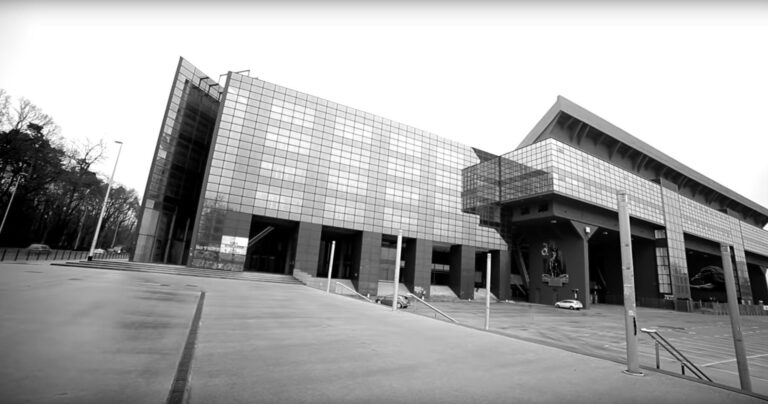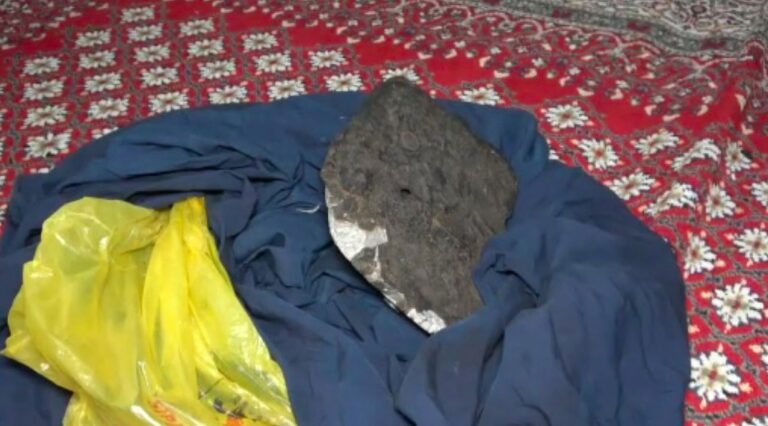An oval-shaped object with the image of a lion standing on all fours that had been purchased by a market trader for 10 shekels has been identified as a royal seal dating back to the Iron Age.
The unusual object was spotted by Ben Gurion University Prof Yigal Ronen at a local Bedouin market in Beer-Sheva where the organisation is based.
In a press statement by the University he had enquired as to where it came from, but all the trader could tell him was that he had purchased it for 10 shekels (GBP 2.30).
Because it was on sale for a low price, the professor of nuclear engineering who was also a certified antiques collector doubted its authenticity, believing it to be a copy of the larger and much more famous seal, now lost, found at Megiddoin 1904 that had aroused great interest around the world since it was the largest seal among the Hebrew seals discovered to date.
That seal had the paleo-Hebrew inscription, “l’Shema eved Yerov’am” (Belonging to Shema the servant/minister of Jeroboam) with Jeroboam II having ruled between 788 BCE and 748 BCE.
After purchasing it, he had initially not done anything with it as he doubted it was real but later handed it over to colleagues to check its authenticity, and was amazed when the results came back to show that it was not only authentic, but also believed to be a royal seal that was a smaller version of others used by Royal officials.
Laboratory tests on the composition of the baked clay object linked it to soil where limestone rocks are exposed near bay salt containing Levine which corresponded to the areas of lower Galilee.
They said that the 2 .3 cm x 2 cm oval known as a “bulla” had been stamped onto a linen cloth when virtually dry and then attached a temperature of around 750 degrees Centigrade.
It makes it the earliest discovery of a seal dating back to the Iron Age around 2800 years ago when it would have been used at the court of Israelite King Jeroboam II.
Given the value of the object, the professor’s family have agreed to hand it over to the Israel Antiquities Authority and it will now go on display.
The university said a paper was currently being repaired looking in more detail at the history of the rare object, and added the fact that the great seal came in different sizes was a significant discovery by the University team.
The experts believe that the bulla was regarded then as a signature today for authentication of paperwork and was therefore retained even after the document was open and read.
To find out more about the author, editor or agency that supplied this story – please click below.
Story By: James King, Sub-Editor: Marija Stojkoska, Agency: Newsflash
The Ananova page is created by and dedicated to professional, independent freelance journalists. It is a place for us to showcase our work. When our news is sold to our media partners, we will include the link here.




